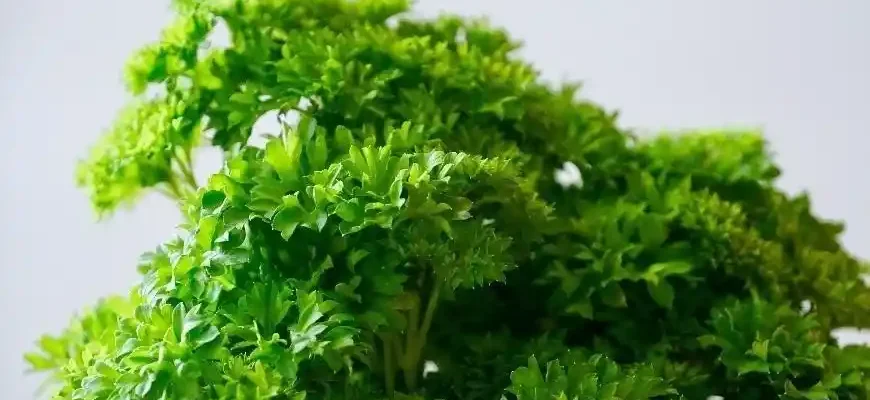Growing parsley indoors is a fantastic way to keep a fresh, nutritious herb at your fingertips year-round. Whether you’re an experienced gardener or a beginner looking to grow your own herbs, parsley is one of the easiest plants to start with. In this guide, I’ll walk you through everything you need to know about growing parsley indoors, based on solid research and years of personal experience. By the end, you’ll have all the knowledge to grow parsley successfully and avoid common pitfalls. Let’s dive in!
Why Grow Parsley Indoors?
Parsley (Petroselinum crispum) is a biennial herb commonly grown for its aromatic, nutrient-packed leaves. It’s rich in vitamins A, C, and K, as well as antioxidants, which makes it a perfect addition to your kitchen and your health routine. Growing parsley indoors offers several benefits:
- Year-Round Freshness: No matter what the weather is like outside, you can have fresh parsley at your fingertips for cooking or garnishing.
- Convenience: Growing parsley indoors saves trips to the store, and you can snip what you need as you go.
- Health Benefits: Having fresh parsley at hand encourages healthier eating habits, as it’s a versatile herb that pairs well with a variety of dishes.
What You’ll Need to Grow Parsley Indoors
Growing parsley indoors is fairly simple, but there are a few key elements you’ll need to get started. Here’s a breakdown:
- Containers: Parsley needs room to grow. Choose pots that are at least 6-8 inches deep with drainage holes to prevent water from accumulating at the bottom. You can opt for traditional clay pots, plastic pots, or even recycled containers.
- Soil: Use a high-quality potting mix designed for herbs or vegetables. Make sure it’s well-draining but able to retain some moisture. A mix of peat, compost, and perlite is ideal.
- Light: Parsley requires plenty of light to thrive. Ideally, it needs about 4-6 hours of bright, indirect sunlight daily. A south- or west-facing windowsill is usually perfect. If you don’t have enough natural light, consider using a grow light to supplement.
- Watering: Parsley prefers moist soil, but not waterlogged conditions. Water when the top inch of the soil feels dry to the touch. Be careful not to overwater, as parsley is susceptible to root rot.
- Temperature: Parsley grows best in temperatures between 60°F and 70°F (15°C to 21°C). Avoid placing it in areas that get too hot, like next to heaters or air conditioners, as extreme temperatures can stress the plant.
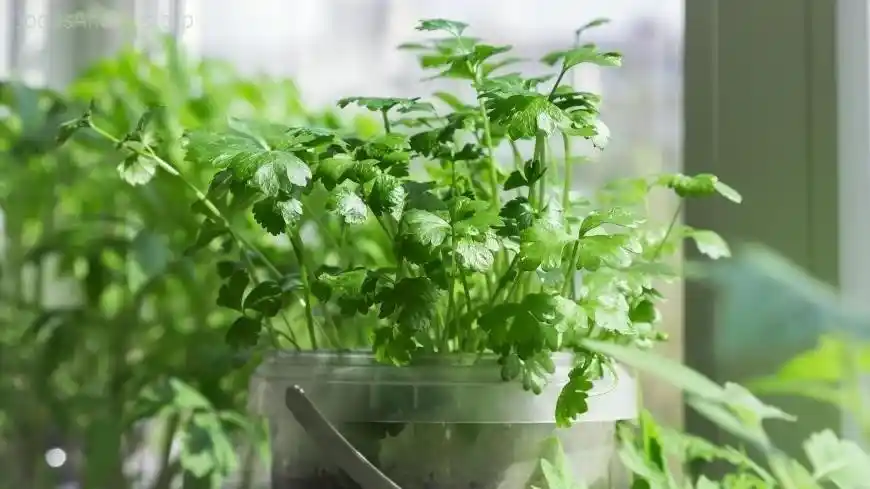
Step-by-Step Guide to Growing Parsley Indoors
- Choose the Right Location: As mentioned, a bright windowsill is ideal. If this isn’t possible, set up a grow light above the plant to mimic natural sunlight.
- Plant Your Seeds: You can either start parsley from seeds or purchase young plants. If starting from seeds, plant them about ¼ inch deep in your chosen container. Make sure the soil is lightly moistened, but not soggy.
- Germination: Parsley seeds can take a while to germinate—sometimes up to 3-4 weeks—so don’t be discouraged. Keep the soil consistently moist and warm during this period. A plastic cover or dome over the pot can help maintain humidity.
- Maintain Ideal Conditions: Once your parsley begins to sprout, remove any covering and continue to provide it with adequate light, water, and nutrients. Be sure the temperature stays within the ideal range and the pot has proper drainage.
- Harvesting: When your parsley plants have grown to a sufficient size, typically after 6-8 weeks, you can begin harvesting. Snip off outer leaves to encourage new growth, but avoid cutting the central stalk, as this will allow the plant to continue growing. Regular harvesting helps the plant stay healthy and productive.
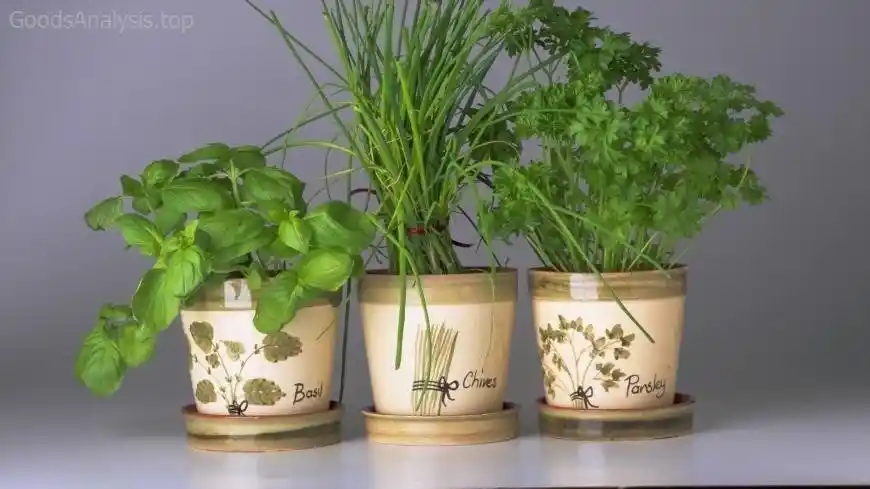
Common Problems and How to Solve Them
Even though parsley is relatively easy to grow, there are a few challenges you might encounter. Let’s look at them and how to solve them:
- Leggy Growth: If your parsley is growing tall and spindly with few leaves, it’s likely not getting enough light. Move it to a brighter spot or invest in a grow light. You can also trim the plant back to encourage bushier growth.
- Yellowing Leaves: This can be caused by overwatering or nutrient deficiencies. Ensure that your plant is in well-draining soil and that you’re not watering too frequently. You can also try adding a balanced fertilizer to provide the nutrients your parsley needs.
- Pests: While indoor parsley plants are generally resistant to pests, aphids and spider mites can occasionally appear. If this happens, rinse the affected leaves with a stream of water or treat with an organic insecticidal soap.
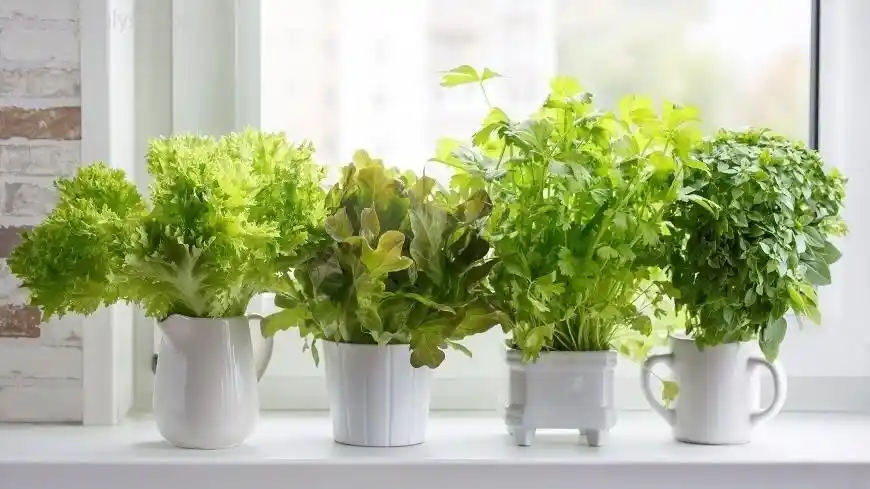
Expert Advice
Growing parsley indoors is one of those activities that most people can successfully tackle. However, there are a few tips and tricks that I’ve learned over the years that can make your experience even better.
- Rotate Your Pots: Indoor plants can sometimes lean towards the light source. To ensure even growth, rotate your parsley pots every few days.
- Avoid Overcrowding: Parsley doesn’t like to be cramped. If you’re growing multiple plants, give them enough space to spread out and get enough air circulation.
- Prune Regularly: If you let your parsley grow too long without trimming it, it can start to lose its shape and flavor. Regular pruning not only keeps the plant looking nice but also encourages it to produce fresh, tender leaves.
- Consider Companion Planting: Parsley grows well with other herbs like basil and cilantro, but it can also help keep pests away from other plants.
User Opinions: What People Are Saying About Growing Parsley Indoors
Here’s a collection of feedback from different people who have experience growing parsley indoors:
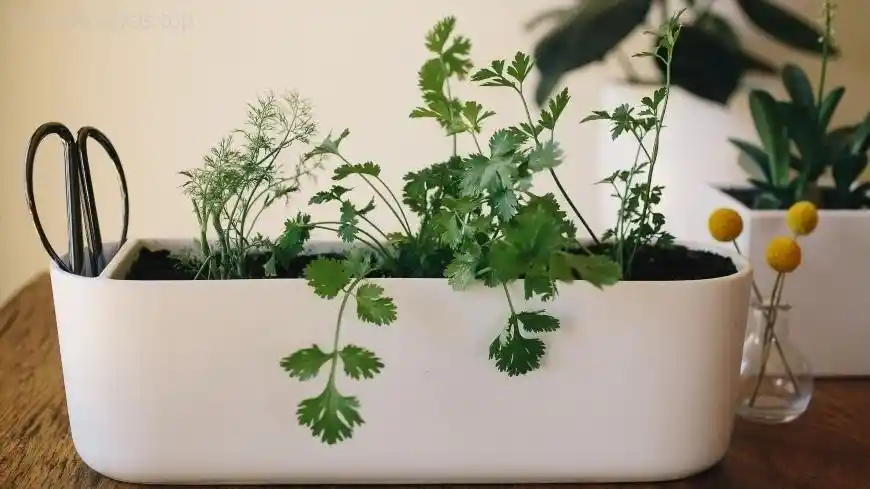
- Emily, 30, USA:
“I’ve been growing parsley on my kitchen windowsill for over a year now, and I love having it on hand for my meals. It’s easy to maintain, and the fresh flavor is unbeatable. I use it almost every day in salads, pastas, and even smoothies!” - Carlos, 45, Mexico:
“I started growing parsley indoors during the pandemic. My kitchen now feels like a mini garden, and it really lifts the space. One thing I did struggle with was the light—had to get a grow light because my apartment doesn’t get much sun.” - Aya, 60, Japan:
“I’ve been gardening for many years, but indoor parsley was a new challenge for me. At first, I had some issues with the leaves turning yellow. But after adjusting my watering schedule and moving it to a sunnier spot, it’s been flourishing. It’s really satisfying to see it thrive!” - John, 72, UK:
“Growing parsley indoors is quite simple. I just make sure to rotate the pot and trim it regularly. My grandchildren love using it for cooking when they come over. It’s a great activity for us to do together.” - Lina, 25, South Africa:
“I’m just starting out with indoor gardening, and parsley was my first herb. It’s been a joy to grow, though I had some initial problems with pests. A quick spray with natural insecticide fixed that, and now it’s thriving. I can’t wait to try growing more herbs!”
Conclusion
Growing parsley indoors is a rewarding and relatively easy gardening project that can enhance your cooking and living space. By following the steps outlined in this guide, you’ll be able to enjoy fresh parsley all year long—no matter the weather outside. Remember to pay attention to light, water, and temperature, and don’t be afraid to troubleshoot when things go wrong. With a little patience and care, your parsley will grow lush and healthy, providing you with all the fresh flavor and nutrients you need.
Happy gardening!

